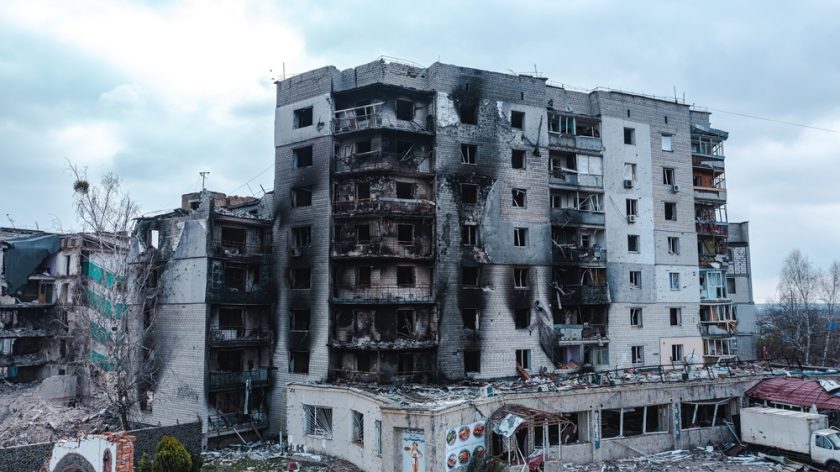The emergence of Iran’s jet-powered Shahed-238 UCAV, revealed by the Ashura University of Aerospace Sciences and Technologies last November, has led to considerable speculation on social media as to the effect the weapon in Russian hands might have on the conflict in Ukraine.
An upgraded variant of the Shahed-136 which, license-manufactured by Russia, is known as the Geran-2, the Shahed-238 is turbojet-powered. This will give the UCAV a higher top speed – so-called ‘dash’ speed having become a tactical priority as operational concepts have evolved – but with a likely trade-off against endurance and range.
At least three variants are thought to exist: a baseline model with an autonomous INS/GPS guidance system; a model designed for operations in a thermal imaging environment, carrying EO/IR sensors; and a radar-guided model.
With details sketchy to say the least, much of the assessment of capability must remain speculative. For example, the matt black coating seen on the demonstration models is thought by some to indicate a radar-absorbing or other low-observable capability. It is clear, however, that launch from a mobile platform has been added to the weapon’s flexibility. The most significant advantages in the context of the Ukraine conflict are likely to be the autonomous guidance system, which will allow for better target selection and discrimination, and the redesigned engine cover which, combined with the new engine, will add to the aircraft’s manoeuvrability and agility. As will the doubling of the number of actuators, from four to eight. Taken together, this could mean it will be easier for Russia to mount effective attacks on critical targets such as fast-moving armour, agile air defence assets or command/communications nodes.
For outside observers, this means Russia may develop a significant short-term advantage by using the Shahed-238, although no confirmation has yet been evident as to numbers shipped from Tehran or, indeed, whether Russia may be manufacturing it under licence. However, despite the advantages in speed, manoeuvrability and agility, all may not be rosy in Moscow’s garden.
If the last 22+ months of conflict have taught us anything about the Russian armed forces, it is that they have very poor middle management. Russian officers – especially from the O5/O6 level and up – are well educated, competent and often innovative: laudable initiatives such as switching from ponderous fixed-site air defence to more agile solutions and the innovations surrounding fitting field-expedient C-UAS jammers to armoured vehicles prove that. But at the level of the NCO and platoon leader – the level at which the tactical battle is won or lost – Russian capabilities are poor to say the least. An attempt was made a decade ago to fix this capability gap by engaging Rheinmetall to mastermind a combat training centre (the first of four) at Molino in the Nizhny Novgorod oblast. After the 2014 invasion of Crimea, however, Rheinmetall cancelled the contract. On the other hand, Ukrainian NCOs have benefited significantly from training provided by the US, UK and Canada, among others.
The bottom line, at least for now, is that, despite the potential advantages offered by the new UCAV, it is extremely unlikely that Russia will gain a strategic advantage from their use, due primarily to a systemic inability to be sufficiently tactically flexible. Meanwhile, Ukraine will have to develop and field in greater numbers a series of C-UAS solutions that will cope with the increased approach speed and more advanced target discrimination of the Shahed-238.
Tim Mahon is Publishing Director, Counter-UAS at Unmanned Publications
(Image: Apartment buildings in Borodyanka following a drone attack – image Shutterstock)




